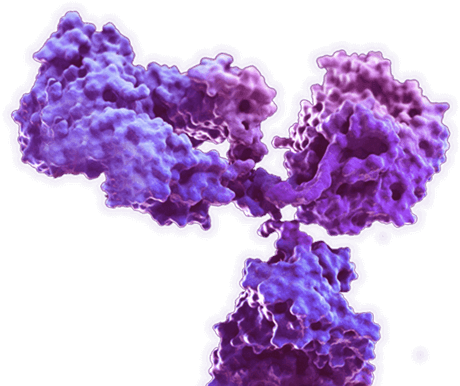Histone H2Av
AibGenesis™ Mouse Anti-H2AV Antibody (MO-AB-11572Y) (CAT#: MO-AB-11572Y)
-
- Host species: Mouse
- Species Reactivity: O. mykiss (Oncorhynchus mykiss), A. thaliana (Arabidopsis thaliana)
- Application: WB, ELISA
- Protein: Histone H2A
- Size: 0.5mg, 1mg, 200µg
- Conjugate: AP, APC, Biotin, Consult us more, Cy3, Cy5, Cy5.5, Cy7, FITC, HRP, NONE, PE, PerCP
- Alternative Names: Histone H2A, H2AV
AibGenesis™ Anti-H2Av Antibody (Cat MO-MMB-0690), Mouse IgG2a (CAT#: MO-MMB-0690)
-
- Host species: Mouse
- Species Reactivity: Fruit fly (Drosophila melanogaster), A. thaliana (Arabidopsis thaliana)
- Application: ChIP, WB
- Size: 100µg
- Conjugate: None
- Alternative Names: H2Av, Histone H2Av
For Research Use Only | Not For Clinical Use.



